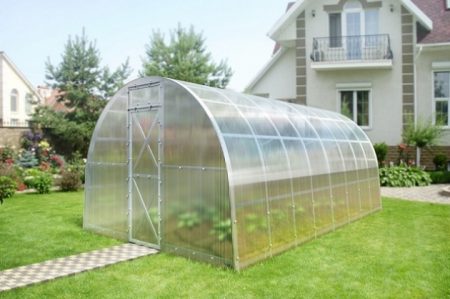 In regions with a temperate and cold climate, the greenhouse in the country is an indispensable attribute that allows you to grow vegetables and fruits from the first spring days to the last days of autumn or even year-round. Currently, several widely recommended types of greenhouses are known, which have their own characteristics. In this regard, an important question arises, how and what to choose a greenhouse for giving and what should be taken into account?
In regions with a temperate and cold climate, the greenhouse in the country is an indispensable attribute that allows you to grow vegetables and fruits from the first spring days to the last days of autumn or even year-round. Currently, several widely recommended types of greenhouses are known, which have their own characteristics. In this regard, an important question arises, how and what to choose a greenhouse for giving and what should be taken into account?
What are greenhouses
They differ in the type of construction of the frame. You can select a greenhouse in the form of a house, an arched type greenhouse, a greenhouse with sloping walls and a greenhouse with an attic roof.
Greenhouses can be freestanding (isolated) when the greenhouses have all their own walls, and greenhouses that are adjacent to some other building (usually a residential building), when one of the walls of the greenhouse and the building are common.
Greenhouses can be made of a wide variety of materials - wood, metal, etc., and have a coating of glass, polycarbonate, polyethylene film, etc.
Greenhouses can have a different device for the heating system (heating) - a boiler, radiator, stove, only due to the sun, etc.
Greenhouses can be supplied with a ready-made kit, after which such a greenhouse is assembled very quickly at the installation site as a designer, and can be made directly on site by both construction specialists and the summer residents themselves with their own hands.
In addition, greenhouses can be portable, but can be stationary, have their own foundation.
What to choose a greenhouse for giving? Consider the options in more detail.
Greenhouse - a house
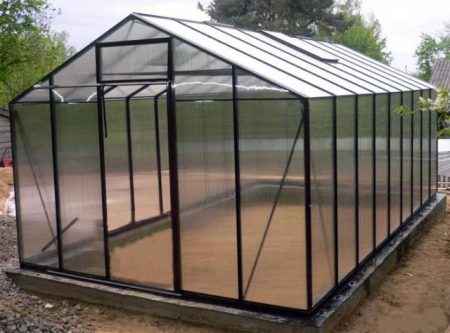
Perhaps the most common type of greenhouse today. The frame is arranged as standard - vertical walls plus a gable roof. This design really strongly resembles a house, hence the name of this type of greenhouse.
Such a greenhouse can be bought prefabricated, or you can build it yourself. The materials for walls and roofs are used in a variety of ways - from plastic film to glass, but lately more and more summer residents rightly give their preference to cellular polycarbonate.
Find out, how to grow tomatoes in a polycarbonate greenhouse
In such a greenhouse, crops can be grown both in the soil itself and on racks, including without soil. Accessibility for work in such a greenhouse is good. Ventilation (windows) can be made on the roof to maintain the optimum temperature inside.
The snow load in the winter is not very scary, since snow from the gently sloping roof will gradually fall down. DIY construction is possible and uncomplicated, but the material consumption will be quite large.
Light transmission is good. The height of the vertical walls, as a rule, is 1.5 m. The greenhouse itself does not require a complex heavy foundation and can even be portable. Often, such greenhouses are sold as a ready-made kit for installation.
Arched greenhouse
This type does not have vertical walls and a roof as such - the body is made using arc arches, on the basis of which the cover material is then fixed. To make an arched greenhouse with your own hands is problematic - it is easier to buy a finished one.
The main advantages of arched greenhouses are good light transmission and low cost of its construction. Among the shortcomings, one can note the difficulty of carrying out work in it in full growth, the impossibility of growing crops on racks, because as you move up, from the base of the greenhouse to the roof, its useful volume is greatly reduced.
In addition, such a greenhouse cannot be glazed - you need to use only flexible materials such as honeycomb carbonate, plastic film, etc.
Snow at the top of the greenhouse does not accumulate, but immediately falls down, thereby reducing the load on the surface of the greenhouse.
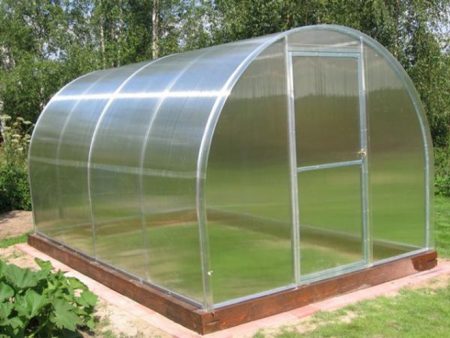
Sloping walls greenhouse
This type is partly similar to the greenhouse-house, and partly to the arched type. The roof has a gable type, but the walls, in contrast to the greenhouse, are not vertically arranged, but at a slight angle. It turns out that the base of such a greenhouse is wide, and then, as you move up, the area and volume gradually decrease.
Accordingly, it is convenient to grow vegetables here only in the soil of the base of the greenhouse, and then, as you move towards the roof, there may be problems with the installation of shelving, since the amount of usable space will be reduced.
Roof greenhouse
Such a greenhouse is also similar to a greenhouse, but has a more complex roof. Such a roof allows to carry out work in full growth, makes them more convenient, however, the manufacture of an attic roof is complicated and requires a lot of effort, money and time.
Growing vegetables is possible both directly on the ground, and on racks, shelves. The consumption of materials for construction is quite large. But such a greenhouse looks beautiful and can fit well into the overall design of the entire garden.
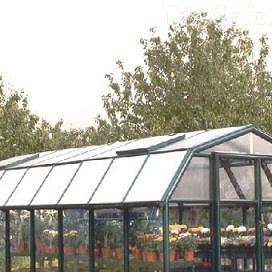
What to choose?
First of all, you need to decide what maximum amount of money you are willing to pay for the greenhouse. If time is more important than money, and there is enough money, then it may be easier to purchase a ready-made prefabricated greenhouse, and not do everything from scratch, especially if you have no experience in building such structures.
Further, on the basis of the tasks that your greenhouse should perform, you need to calculate its approximate dimensions - height, volume, area, and also decide on the method of heating it and the construction site. If the greenhouse is to be operated in the winter (winter greenhouse), then heating is required. One of the options for reducing the cost is the adjoining of a winter greenhouse directly to the house.
For summer greenhouses, greenhouse coating material is important. A polyethylene film is applicable for any type of greenhouses, it is easily stretched on the frame of the greenhouse, it is cheap, but short-lived - it stretches, deforms, and quickly breaks.
Glass is not applicable to all types of greenhouses, but can be installed in winter greenhouses. In addition, it is difficult to attach, cut, transport, has a large mass and is expensive.
Recently, cellular polycarbonate has proven itself well. It is applicable to any type of greenhouse, it transmits light well and retains heat. It can also be used for arched type greenhouses, as it can bend. It is well suited (along with glass) for winter greenhouses.
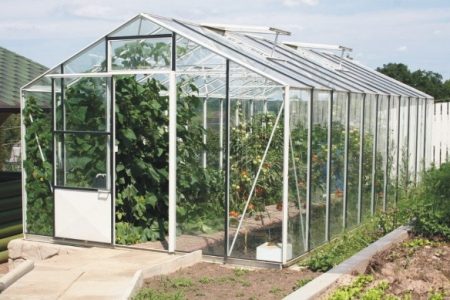
The method of heating a winter greenhouse depends primarily on the availability and prices of energy raw materials. In many regions, winter greenhouses are heated with wood and / or coal. It can also be heated with peat, if available. Electricity is too expensive a pleasure, but it’s very convenient to use.
Another important question is whether you will grow vegetables in the soil of the base of the greenhouse or on shelves too. Racks and shelves are not applicable to some types of greenhouses. If you plan multi-storey cultivation of vegetables, then you need to choose among the greenhouses, houses and greenhouses with an attic roof. They have a large amount of usable space.
The first option is easier to manufacture and cheaper at the cost of manufacturing, but the second looks much more beautiful, spectacular. Both types can be made on the basis of purchased materials and components.
If there is no money to buy a greenhouse and it is decided to build it yourself, it is best to prefer the construction of a greenhouse-house.The most economical ones include the type of arched greenhouse with metal arcs and a plastic film as the top coating, however, it is short-lived and cannot function as a winter greenhouse, since it does not retain heat well.
Now you know how to choose the right greenhouse for your garden. Have a good harvest!
We also advise you to read Methods of processing greenhouses in the spring from diseases and pests

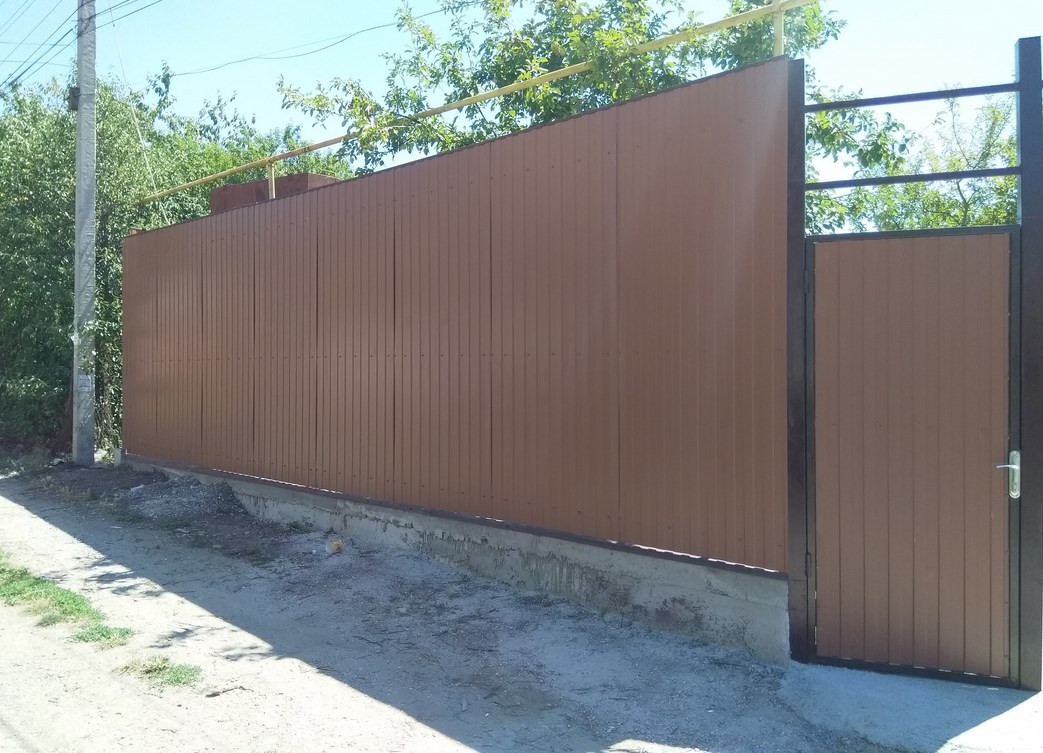
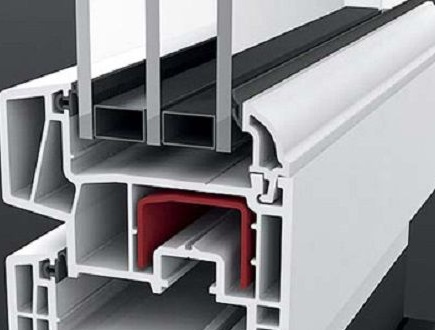
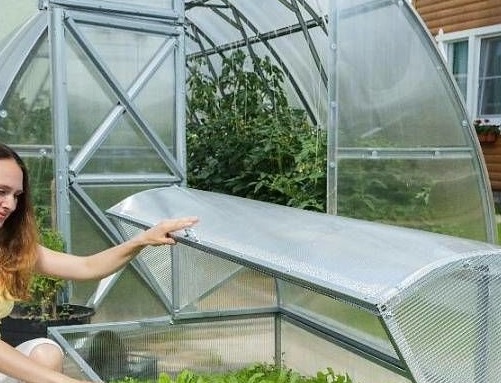
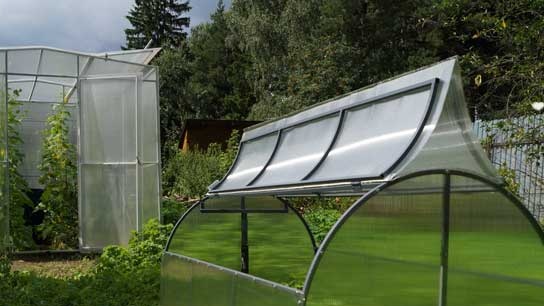 Why is a greenhouse open top?
Why is a greenhouse open top?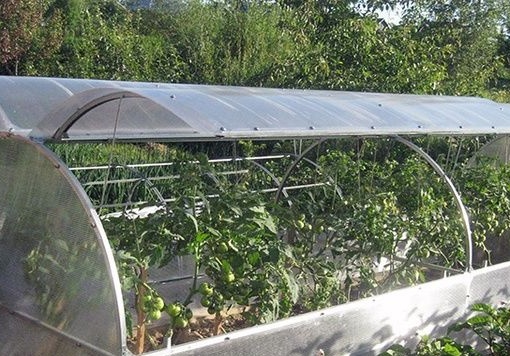 Greenhouse "Butterfly", is it worth it?
Greenhouse "Butterfly", is it worth it?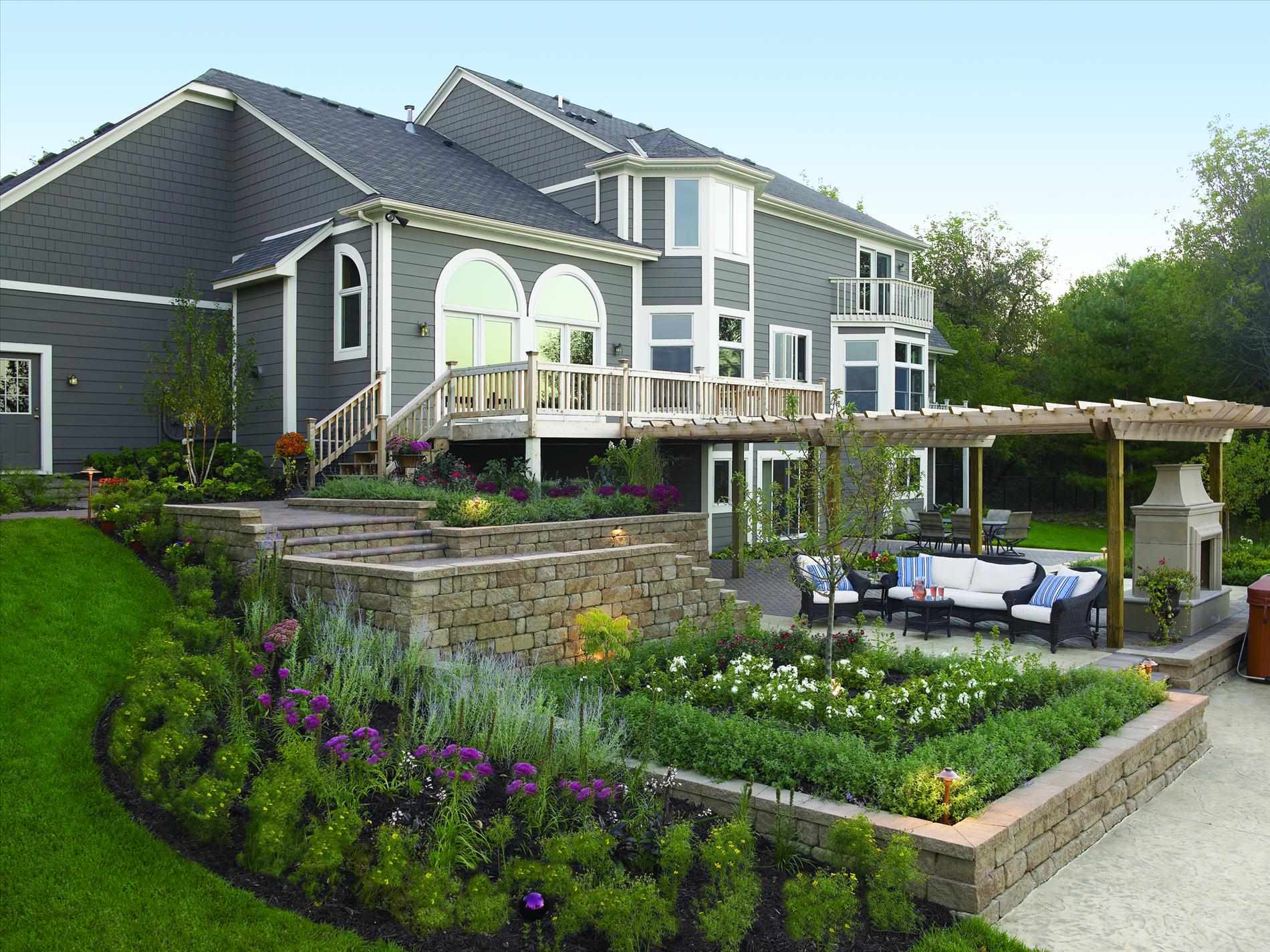 Do-it-yourself landscaping of an area of 8 acres: features of planning and zoning
Do-it-yourself landscaping of an area of 8 acres: features of planning and zoning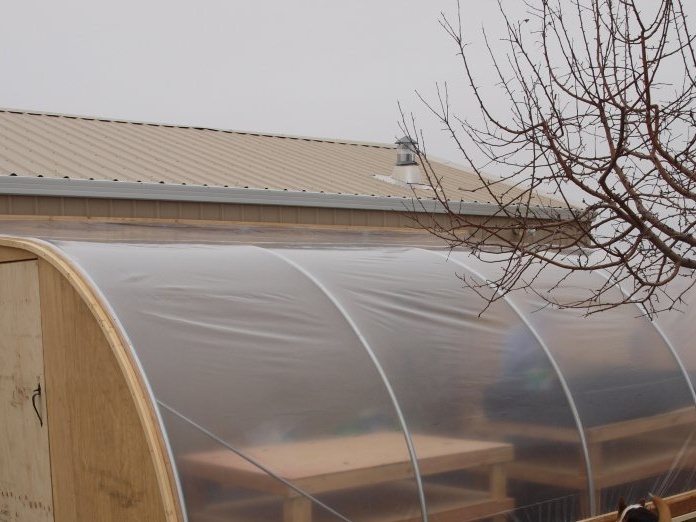 Shed greenhouse, pros and cons
Shed greenhouse, pros and cons